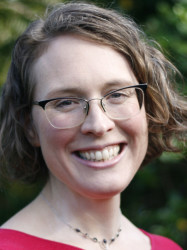BibTex format
@article{Verbruggen:2015:10.1007/s10237-015-0738-1,
author = {Verbruggen, SW and Loo, JHW and Hayat, TTA and Hajnal, JV and Rutherfor, MA and Phillips, ATM and Nowlan, NC},
doi = {10.1007/s10237-015-0738-1},
journal = {Biomechanics and Modeling in Mechanobiology},
pages = {995--1004},
title = {Modeling the biomechanics of fetal movements},
url = {http://dx.doi.org/10.1007/s10237-015-0738-1},
volume = {15},
year = {2015}
}

